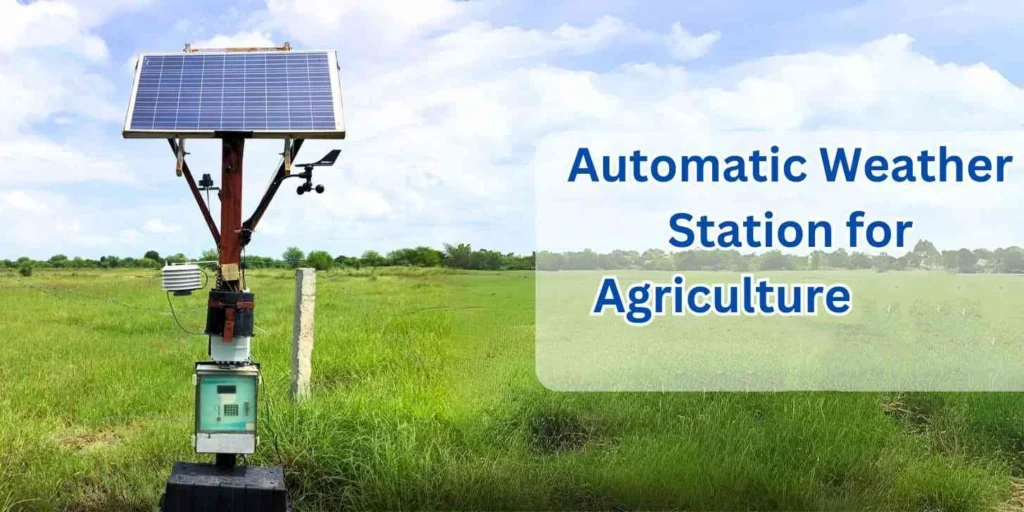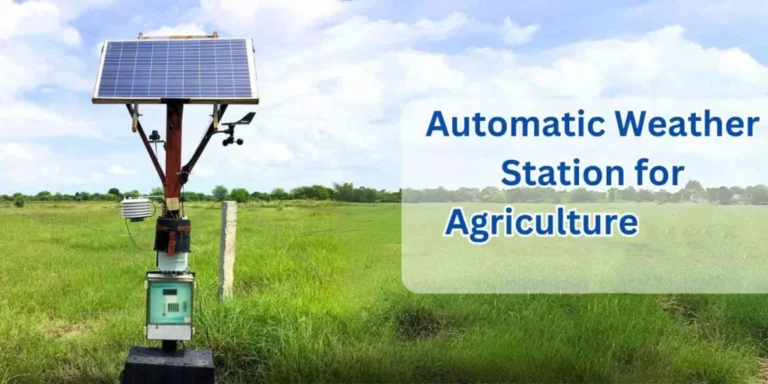
# Automated Weather Station: Revolutionizing Meteorological Data Collection
Automated Weather Station: Revolutionizing Meteorological Data Collection
In the realm of meteorology, the advent of automated weather stations (AWS) has marked a significant leap forward in the way we collect and analyze weather data. These sophisticated systems have transformed the landscape of environmental monitoring, providing accurate, real-time data that is crucial for a wide range of applications, from agriculture to disaster management.
What is an Automated Weather Station?
An automated weather station is a system that autonomously collects meteorological data without the need for human intervention. Equipped with a variety of sensors, these stations measure parameters such as temperature, humidity, wind speed and direction, atmospheric pressure, and precipitation. The data collected is then transmitted to a central database or directly to users, enabling timely and informed decision-making.
Key Features of Automated Weather Stations
Automated weather stations are designed with several key features that set them apart from traditional weather monitoring methods:
- Real-Time Data Collection: AWS systems provide continuous, real-time data, allowing for immediate analysis and response to changing weather conditions.
- High Accuracy: Advanced sensors and calibration techniques ensure that the data collected is highly accurate, reducing the margin of error significantly.
- Remote Accessibility: Data from AWS can be accessed remotely, making it possible to monitor weather conditions from anywhere in the world.
- Durability: Built to withstand harsh environmental conditions, these stations are reliable even in extreme weather scenarios.
Applications of Automated Weather Stations
The versatility of automated weather stations makes them invaluable across various sectors:
- Agriculture: Farmers rely on AWS data to optimize irrigation, planting, and harvesting schedules, thereby increasing crop yields and reducing resource wastage.
- Aviation: Accurate weather data is critical for flight safety and efficiency, helping pilots and air traffic controllers make informed decisions.
- Disaster Management: Early warning systems powered by AWS data can save lives by predicting and mitigating the impact of natural disasters such as hurricanes, floods, and wildfires.
- Research and Education: Scientists and educators use AWS data to study climate patterns, conduct research, and enhance educational curricula.
Future Prospects
As technology continues to evolve, the capabilities of automated weather stations are expected to expand even further. Innovations in sensor technology, data transmission, and artificial intelligence are likely to enhance the accuracy and utility of AWS systems. Moreover, the integration of AWS with other smart technologies, such as the Internet of Things (IoT), promises to create a more interconnected and responsive environmental monitoring network.
In conclusion, automated weather stations represent a pivotal advancement in meteorological data collection. By providing reliable, real-time data, these systems empower individuals and organizations to make informed decisions that can have a profound impact on safety, productivity, and sustainability. As we look to the future, the role of AWS in shaping our understanding of the environment and mitigating the effects of climate change will undoubtedly continue to grow.
Keyword: automated weather station
